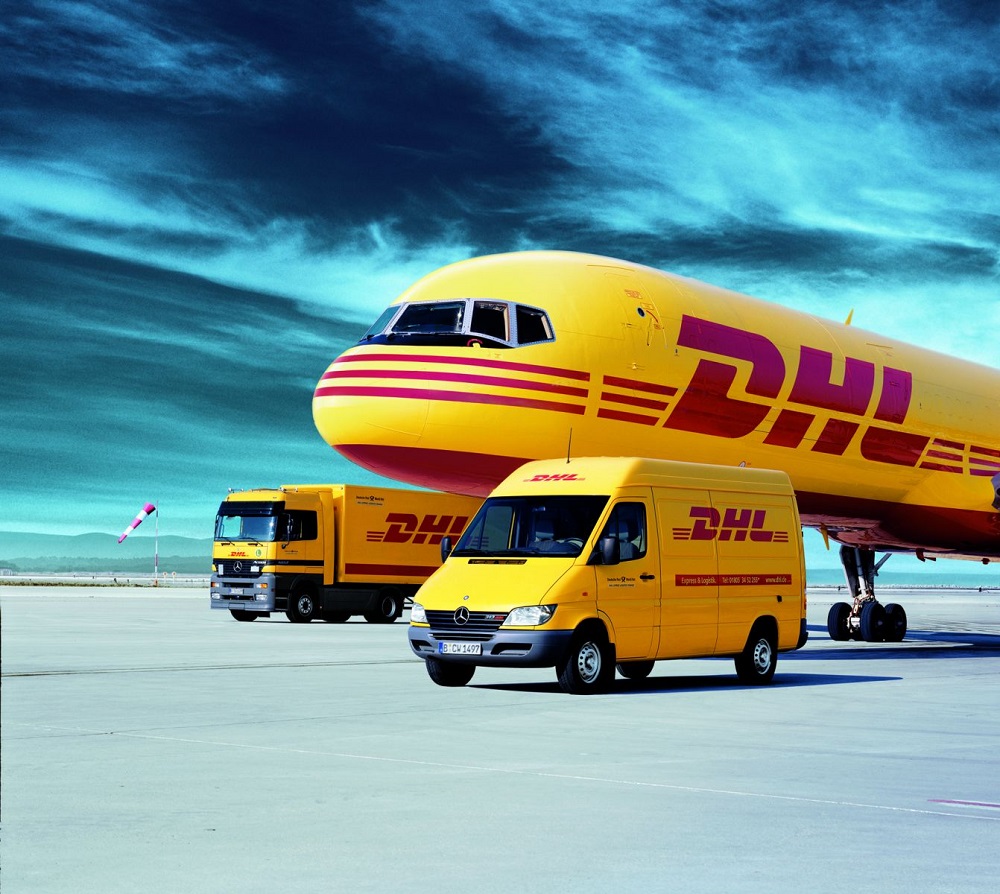White paper: collaborative action supports circularity
26th January 2022

To help tackling both the climate crisis and other environmental challenges such as water use and waste generation, DHL has published the new white paper “Delivering on Circularity”, which takes a profound look at how circular economies can help with these challenges.
The signs of climate change and environmental damage are becoming increasingly visible. The growing amount of waste further threatens the health of our natural ecosystems and the people who live and work in them. Societies and businesses are called upon to contribute to a more sustainable future, with the core of sustainability being to ensure that global production and consumption behaviours are compatible with environmental goals.
“Simply put, circularity is about the 5Rs: Reduce, Repair, Resell, Refurbish and Recycle,” says Katja Busch, Chief Commercial Officer at DHL. “The transition toward a circular economy is built on the redesign of supply chains. Innovative logistics solutions can help drive circularity; they are a key enabler to facilitate both the physical and data flows. Especially when it comes to optimizing production volumes and materials, extending product lifecycles, launching novel use models, or developing new solutions for end-of-life recycling.”
Environmental impact
The most significant impact on pushing for circularity might come from the fashion and consumer electronics industries. Industry leaders are already actively participating in the paradigm shift toward circularity, announcing ambitious targets and launching a wide range of initiatives.
The potential positive impact that circularity in these two industries can have is significant. Around 20% of produced garments are never used, and smartphones are often exchanged after just two or three years. Both combined sectors contribute to more than 6% of the global Greenhouse gas (GHG) emissions.
To produce electronic devices, many non-renewable resources such as rare earth and metals are needed. In addition, the industries are responsible for substantial land use (more than the area of Germany and Switzerland combined), water consumption (equivalent to 40% of US citizens’ annual water consumption), and waste generation (equal to approximately 50% of Europeans’ annual waste). With 80% of emissions of an average fashion or consumer electronics item accruing during production, extending the product lifetime as much as possible is imperative.
“The shift toward circular consumer behaviours is a critical driver of a successful transition to circularity,” says Carsten Lützenkirchen, Senior Vice President at DHL Customer Solutions & Innovation. “Consumer behaviours increase the number of goods that flow back into the cycle and signal demand to brands for circular products. And the trend towards more sustainable demand is growing.
“Novel circular business models not only diversify product and service portfolios but have a positive effect on customer engagement. It is a classical win-win situation in which sustainability drives growth and innovation.”
Potential for net-zero
“The circular economy aims to reimagine the way that goods produced, sold, and used today are recycled into the raw materials of tomorrow,” adds Busch. “To realise the full potential of the concept and institutionalize the model, we need innovative solutions and technologies. Of course, it is more complex to set up supply chains for on-demand production or recycling cycles and to manage the massive data flow, but in order to jointly achieve our ambitious environmental targets, it needs to be addressed.
“We at DHL are looking forward to partnering with circularity’s stakeholders by serving as an enabler for the new physical and data flows within the supply loop.”
Along the product’s value chain, DHL identified three core enablers and 10 building blocks that allow for a successful transition from supply chains to supply loops. These range from innovative materials and design to on-demand production, smart product returns, reusable packaging, new use concepts, and asset collection and recycling.
Above all, circular consumer behaviour must be incentivised. Additionally, supply chains must be redesigned, and visibility and orchestration enabled to make circularity feasible. A concerted effort among all players can make the transition toward circularity successful and rewarding.
In terms of emission savings, circularity seems to be a comparably convenient and impactful way to reduce emissions. Achieving 50% circularity saves as many GHG emissions as if all streaming users worldwide stopped watching video content for five years.
Collective stakeholder action needed
If all stakeholders take on their responsibilities and accelerate a mutually reinforcing loop, circularity can become a reality. While the successful transition toward circularity is undoubtedly a shared responsibility and effort, logistics players are the natural backbone.
Circularity changes the way materials and products move – from a straight line to a regenerative circle – and efficiently managing the flow of goods is what logistics is all about.

